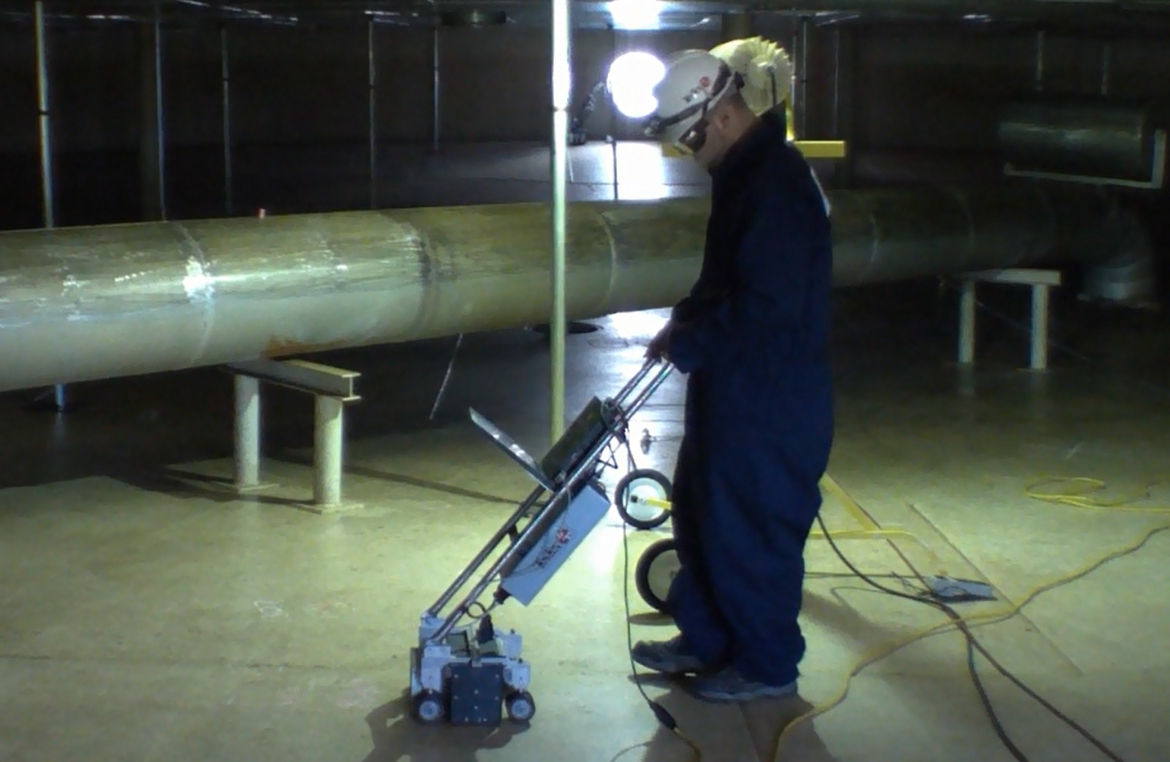A Detailed Review of Tank Welding Assessment Standards and Methodologies for Improved Weld High Quality and Efficiency
The significance of welding evaluation standards in the production of tanks can not be overemphasized, as they function as the backbone for guaranteeing weld honesty and functional reliability. Various evaluation strategies, including visual evaluations and progressed non-destructive testing methods, are vital in recognizing potential flaws that might jeopardize efficiency. Adhering to governing criteria not just boosts weld quality but also mitigates the risk of costly failures. As we explore the nuances of these approaches, it comes to be vital to think about just how an organized technique can reinvent present methods and cause considerable enhancements in results.
Value of Welding Evaluation Standards

Welding inspection requirements encompass a variety of standards, including product specifications, welding treatments, and qualifications of employees associated with the welding process. By imposing these requirements, organizations can methodically recognize and correct prospective problems, thereby lowering the probability of costly repair services or catastrophic failures. Extensive assessment techniques foster a culture of responsibility and accuracy, urging welders to preserve high degrees of workmanship.

Common Welding Evaluation Methods


Ultrasonic Testing (UT) is another widespread method, using high-frequency acoustic waves to detect internal imperfections that might not show up externally. This approach is specifically efficient for identifying spaces or inclusions within the weld metal. Magnetic Particle Examining (MT) is likewise commonly used, specifically for ferromagnetic materials, as it reveals surface area and near-surface flaws through the application of magnetic areas and ferrous bits.
Additionally, Fluid Penetrant Screening (PT) discovers surface-breaking problems by applying a penetrant to the weld and after that making use of a designer to extract the penetrant. Each of these methods adds to a thorough assessment strategy, making certain that welds satisfy the stringent high quality standards called for in storage tank construction.
Regulatory Requirements and Compliance
Governing requirements and conformity are vital parts in making sure the safety and security and dependability of welded structures in tank building and construction - Tank Welding Inspection. These criteria offer to develop minimum demands for product residential properties, welding procedures, and examination methods, therefore decreasing the threat of structural failings and enhancing general efficiency
Key companies, such as the American look what i found Society of Mechanical Designers (ASME) and the American Welding Culture (AWS), provide standards that are extensively adopted in the market. Conformity with these criteria not only makes certain adherence to best techniques yet also fulfills lawful and legal responsibilities, guarding the interests of stakeholders.
Governing bodies frequently mandate adherence to particular codes, such as ASME Code Section IX for welding qualifications and API 650 for bonded storage tanks. These codes describe needs for welding techniques, certifications of personnel, and testing approaches to confirm weld integrity.
Regular audits and inspections are important to keeping conformity, as they help recognize inconsistencies from developed standards. Non-compliance can result in significant penalties, project delays, and safety hazards. Thus, a robust understanding of regulatory standards and a commitment to compliance are paramount in attaining top quality and resilient welded tank structures.
Non-Destructive Testing Approaches
How can the integrity of bonded frameworks be ensured without browse around this web-site creating damage? Non-destructive screening (NDT) approaches use a robust remedy, making it possible for examiners to examine weld high quality without compromising the material - Tank Welding Inspection. Amongst one of the most common NDT techniques are ultrasonic screening (UT), radiographic screening (RT), magnetic particle screening (MT), and dye penetrant testing (PT)
Radiographic screening involves passing X-rays or gamma rays via the weld, producing images that reveal architectural issues such as fractures or voids. This technique is very useful for evaluating the honesty of complicated welds.
Magnetic particle testing is matched for ferromagnetic materials, where electromagnetic fields expose surface area and near-surface gaps. Dye penetrant testing uses a fluid color to highlight surface-breaking defects, making it a reliable technique for non-porous products.
Each of these NDT methods has distinctive advantages, permitting comprehensive evaluations customized to specific products and welding procedures. By executing these strategies, industries can make sure the dependability and safety and security of welded frameworks, ultimately improving total efficiency.
Enhancing Weld High Quality Via Inspection
Effective assessment plays a crucial function in enhancing weld top quality, offering as a vital checkpoint in the fabrication process. By recognizing prospective defects early, evaluations minimize the risk of compromised structural honesty and ensure compliance with sector requirements. Using a combination of visual assessments, non-destructive screening (NDT) approaches, and mechanical analyses, assessors can spot issues such as porosity, fractures, and incomplete combination.
Carrying out a durable assessment procedure not just enhances the general quality of welds however likewise promotes a culture of responsibility among welders and fabricators. Regular training and certification of inspection personnel ensure that they are equipped with the necessary skills to identify and resolve possible troubles successfully. This proactive approach minimizes rework and linked expenses, ultimately adding to predict performance.
Moreover, detailed paperwork of inspection searchings for gives useful insights into reoccuring problems, helping with continuous improvement in welding practices. By leveraging innovative innovations, such as automated ultrasonic testing or electronic radiography, weld high quality can be enhanced via a lot more precise analyses. In final thought, a rigorous examination procedure is essential in attaining premium welds, guaranteeing safety and security, dependability, and longevity in container construction.
Verdict
In final thought, the implementation of strenuous tank welding examination requirements and techniques is necessary for ensuring weld honesty and efficiency. By utilizing a combination of aesthetic inspections, non-destructive testing techniques, and adherence to regulatory requirements, companies can efficiently recognize and mitigate possible defects. Promoting a society of accountability amongst welders further improves the top quality of welding processes. Eventually, these methods add to reduced architectural failings, lower repair work prices, pop over to this site and improved operational performance within the sector.